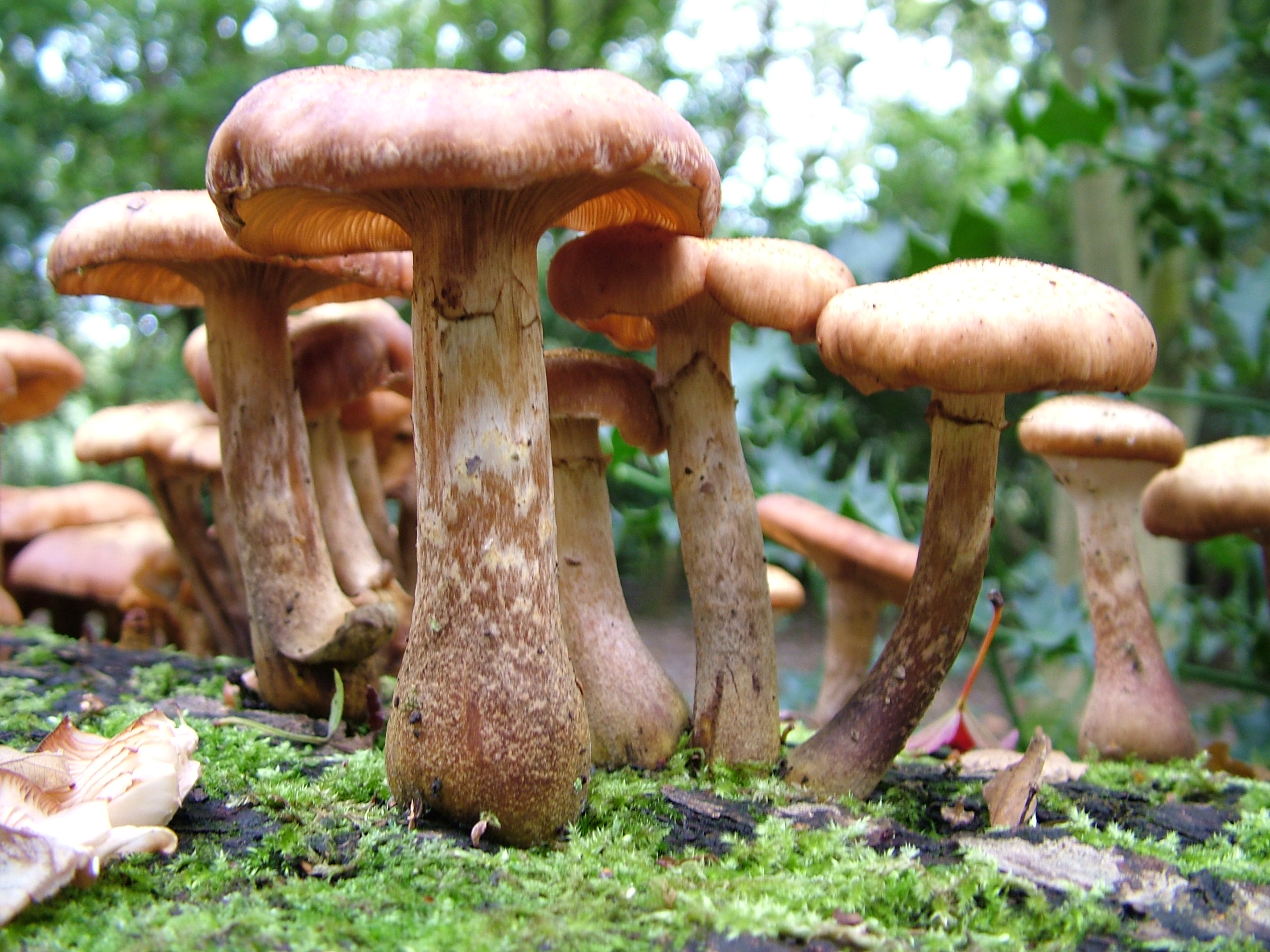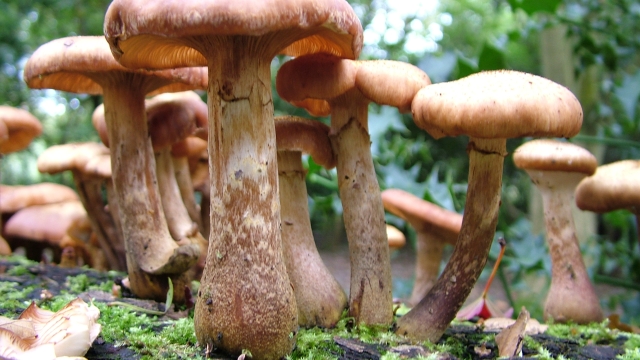
Mushrooms have long captivated the human imagination with their unique shape, earthy aroma, and delightful flavors. But what if you could take that fascination to the next level and actually grow your own mushrooms? Mushroom growing, also known as fungal cultivation, is a fascinating and rewarding journey that allows you to unlock the secrets of these incredible organisms in the comfort of your own home.
One of the greatest appeals of mushroom cultivation is the wide variety of mushrooms you can choose to grow. From the classic white button mushroom to exotic species like shiitake or oyster mushrooms, there is a mushroom to suit every taste and preference. Not only do homegrown mushrooms offer superior flavor and nutritional value compared to their store-bought counterparts, but the process of growing them also allows you to connect with nature and witness firsthand the wonder of mycelium taking shape.
Getting started with mushroom growing does not require a vast amount of space or specialized equipment. In fact, it can be a surprisingly accessible and affordable hobby. Whether you have a small balcony or a spacious backyard, there are cultivation methods to suit every situation. From basic techniques like using mushroom spawn to inoculate substrates, to more advanced methods like creating a mushroom fruiting chamber, the possibilities are endless. By understanding the environmental factors required for successful mushroom growth, such as temperature, humidity, and light, you can create the perfect conditions for your fungal friends to thrive.
So why embark on this journey of mushroom growing? Apart from the joy of watching your own little fungi kingdom come to life, cultivating mushrooms can also have significant benefits for the environment and your own well-being. Mushrooms have the remarkable ability to break down organic matter, making them excellent decomposers. By growing mushrooms, you not only reduce waste by utilizing materials such as coffee grounds or straw, but you also contribute to the natural nutrient cycling process. Additionally, some mushrooms have been found to possess medicinal properties, making them a fascinating avenue to explore for holistic health and wellness.
In the following sections, we will delve into the world of mushroom cultivation, exploring different methods, important considerations, and troubleshooting tips. Get ready to embark on an exciting journey that will unveil the secrets of mushroom growing and deepen your appreciation for these enchanting organisms. Whether you are a curious beginner or an experienced cultivator looking to expand your repertoire, there is something for everyone in the magical realm of fungi. So, roll up your sleeves, put on your mushroom cap, and let’s get growing!
Choosing the Right Mushroom Variety
When it comes to mushroom growing, selecting the right variety is crucial for a successful cultivation venture. Each mushroom variety has its own unique characteristics and requirements, so it’s important to choose wisely.
Consider Your Preferences: First and foremost, think about your personal preferences. Are you looking for a mild and versatile mushroom that pairs well with various dishes? Or perhaps you prefer a more distinct and flavorful option? Understanding your own taste preferences will help you narrow down the choices.
Assess Environmental Factors: Different mushroom varieties have varying environmental requirements. Factors such as temperature, humidity, and light can greatly affect the growth and development of mushrooms. Before making a decision, ensure that you can provide the necessary conditions for your chosen variety to thrive.
Research Yield and Growth Time: Another important consideration is the yield and growth time of the mushroom variety. Some varieties offer high yields, while others take longer to mature. Depending on your goals and resources, you may want to select a variety that aligns with your desired harvest size and time frame.
Mushrooms Golden Teacher
Remember, choosing the right mushroom variety is key to a successful cultivation journey. By taking into account your preferences, environmental factors, and the yield/growth time, you’ll be on your way to uncovering the secrets of mushroom cultivation.
Creating the Ideal Growing Environment
In order to successfully cultivate mushrooms, creating the ideal growing environment is crucial. The right conditions will promote healthy growth and increase the chances of a bountiful harvest.
Firstly, it is important to maintain the appropriate temperature. Different types of mushrooms thrive in different temperature ranges, but a common range is between 60 to 70 degrees Fahrenheit (15 to 20 degrees Celsius). Consistency in temperature is key, as fluctuations can disrupt the growth process.
Another crucial factor is humidity. Mushrooms require a high level of humidity to develop properly. Aim for a humidity level around 90% to 95%. This can be achieved by regular misting or by providing a humidifier in the growing area.
Lighting is also an important consideration. While mushrooms don’t require direct sunlight, they do need some light to aid in their growth. Indirect light, such as ambient room light, is usually sufficient. Avoid exposing the growing area to harsh, direct light as it may inhibit mushroom growth.
Ensuring proper air circulation is the final aspect to consider when creating the ideal growing environment. Good air circulation helps prevent the growth of mold and other unwanted microorganisms. Ventilation fans or open windows can be used to maintain fresh air circulation.
By carefully controlling temperature, humidity, lighting, and air circulation, you can provide the ideal growing environment for your mushrooms. This will greatly increase the likelihood of a successful and rewarding mushroom cultivation experience.
Harvesting and Caring for Your Mushrooms
In order to have a successful mushroom growing venture, it is important to understand the proper methods for harvesting and caring for your precious fungi. Here are some tips to help you maintain the health and abundance of your mushroom crop:
Knowing When to Harvest: The timing of the harvest is crucial to ensure the best flavor and texture of your mushrooms. It is recommended to harvest your mushrooms just before the veil underneath the cap breaks. Look for a slight separation between the cap and the stem as an indication of readiness. Be sure to harvest them gently, using a sharp knife or scissors to cut the stem close to the substrate.
Handle with Care: Mushrooms are delicate creatures, and their structure can be easily damaged if not handled properly. Avoid squeezing or applying pressure on the mushrooms, as this can bruise and spoil them. It is best to gently place them into a container or basket, making sure they have enough space to breathe and avoid overcrowding.
Proper Storage: After you have harvested your mushrooms, it is important to store them correctly to maintain their freshness. Avoid washing them, as excessive moisture can cause them to deteriorate quickly. Instead, simply brush off any dirt or debris using a soft brush or cloth. Mushrooms are best stored in a breathable container, such as a paper bag or a loosely covered plastic container. Place them in the refrigerator to prolong their shelf life, but try to use them within a few days for the best flavor and quality.
By following these simple guidelines, you can ensure the longevity and taste of your homegrown mushrooms. Enjoy the fruits of your labor and savor the flavors of these fascinating fungi!


